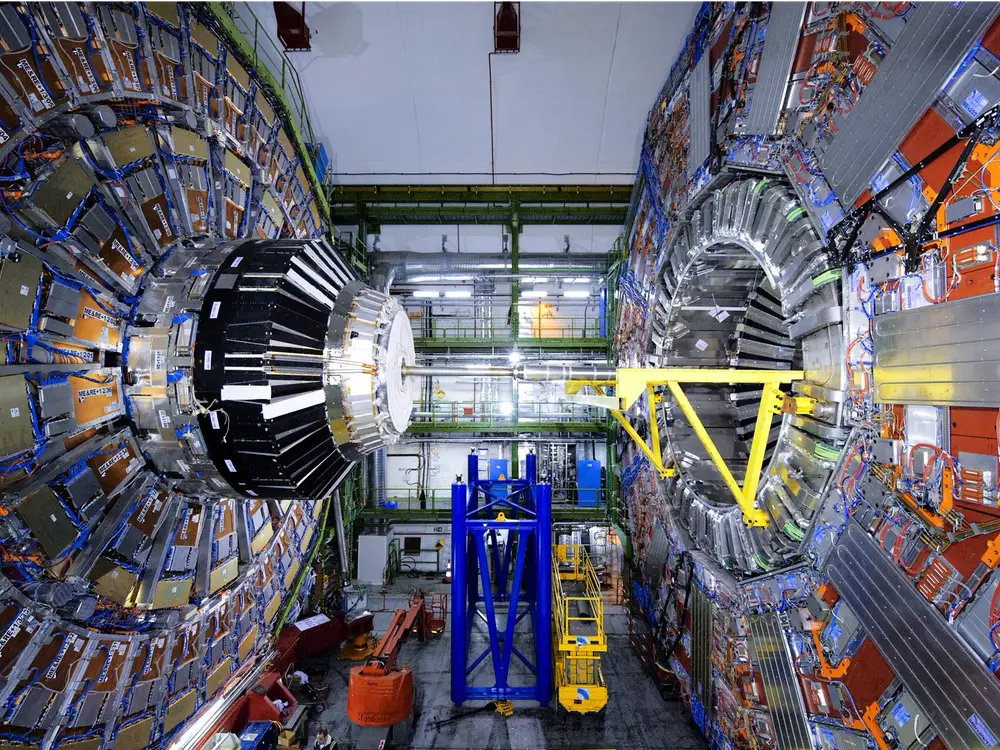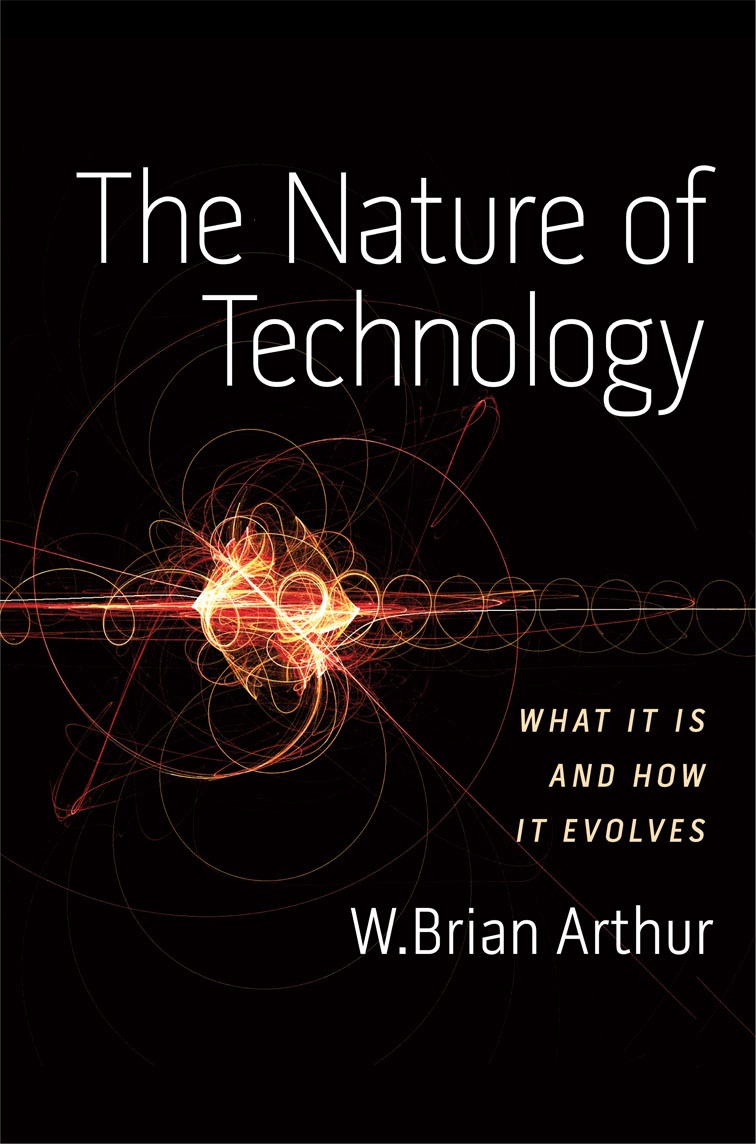The Nature of Technology

What really is technology? How do transformative new technologies arise and how does innovation really work? Is there a theory of evolution for technology? How does technology create the economy and cause it to change structurally ? And why does tech tend to cluster into regions such as Silicon Valley? These are some of the questions Brian Arthur set out to answer in the late 1990s. The result was his 2009 book, The Nature of Technology.
The book explains how transformative new technologies arise and how innovation works. Conventional thinking ascribes the invention of technologies to “thinking outside the box,” or vaguely to genius or creativity, but Arthur shows that such explanations are inadequate. Invention is a matter of problem solving—meeting needs—by putting together or combining existing pieces, and solving and re-solving the issues that arise along the way.
Combination is also the mechanism that drives technology's evolution. Novel technologies are put together from parts, assemblies, modules, that are themselves already existing technologies. Technologies thus combine existing building blocks to form new building blocks and combine and combine again, to create further technologies. Arthur calls this mechanism of new combinations arising out of the collection of previous ones combinatorial evolution. The collective of technology evolves much as a coral reef builds itself from activities of small organisms: it creates itself from itself, and all technologies are descended from earlier technologies.
Natural phenomena lie at the heart of all technologies. Oil refining exploits the phenomenon that different components of vaporized crude oil condense at different temperature. A complicated technology like the jet engine exploits many phenomena. A technology then is a programming or orchestration of phenomena to our use.
Where does the economy fit into all this? The economy is not a container for its technologies, it is an expression of its technologies—technologies form the economy's skeletal structure. When an important new body of technology comes along, AI say, the economy doesn't adopt it, it encounters it; industries and the technology both change as they adapt to each other.
Book: The Nature of Technology: What it Is and How it Evolves … more
The Free Press (Simon & Schuster), 2009

"Multifaceted, enlightening, and stimulating. Invites comparisons with work by Thomas Kuhn and Joseph Schumpeter. Economists, social scientists, engineers, and scientists all may come to regard it as a landmark." -- Review in Science
"Brian Arthur's brilliantly original analysis of how technology develops and evolves … is clear, simple and seemingly self-evident. The Nature of Technology is a seminal work, thrilling to read and rich in its implications for business as well as engineering and the social sciences." —Richard Rhodes, Pulitzer Prize winning author of The Making of the Atomic Bomb.
See excerpt from the book: here.